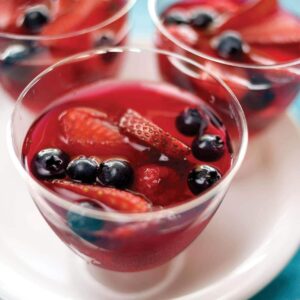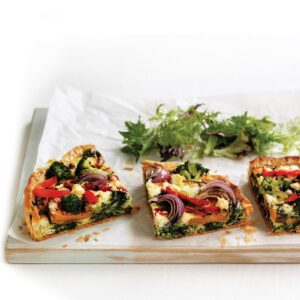
Plums are available in New Zealand from late November to early April.
There are many varieties varying in shape and flavour, as well as an array of skin and flesh colours. Many varieties are grown for drying and are sold as prunes.
Plums have been enjoyed for thousands of years. Plum remains have been discovered in sites that date back to the Neolithic age and after Henry VIII’s flagship, the Mary Rose, sank in 1545, more than 100 plums stones were found in the wreckage.
Red plums contain a class of compounds called anthocyanins, which have attracted interest for various potential health benefits. They are highest in plums with red/purple flesh while the yellow plums contain carotenoids.
Store
Allow enough space between plums stored at room temperature for proper air circulation. For a longer shelf life, store plums in a plastic bag in the fridge.
Buy
Good quality, ripe plums will be bright in colour, tend to have a blue-grey bloom (cloudy colour) and are firm, but slightly soft at the tip.
Tips
- Eat at room temperature for maximum juiciness and sweetness.
- Black Doris, omega and Billington varieties are the best for cooking and bottling.
- Toss together quick cooking prawns, plums and jalapeños with a marinade of coriander mixed with lime.
- Grilled plums make a delicious breakfast with a spoon of yoghurt.
www.healthyfood.com










